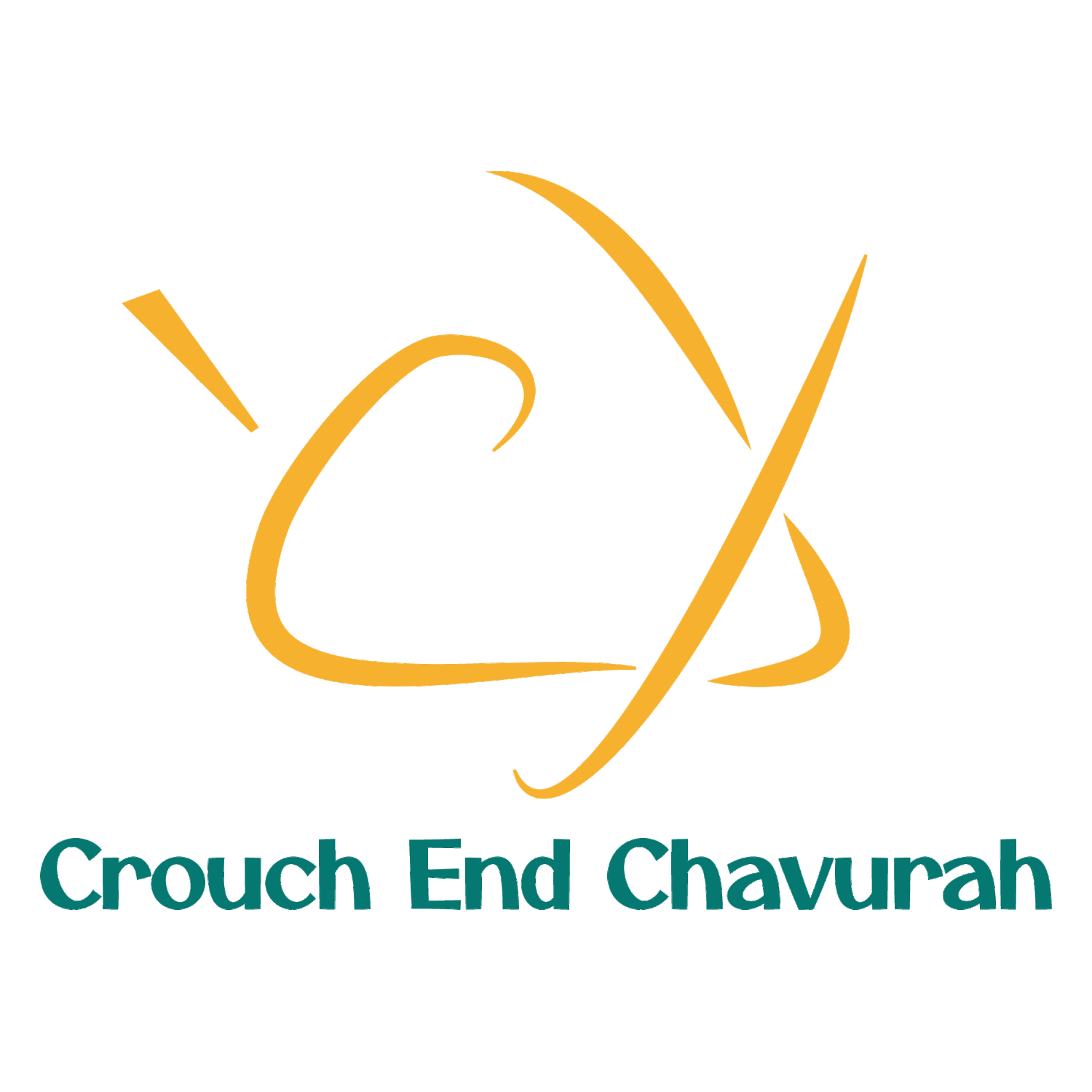Parashat Ki Tissa by Rabbi Alexandra Wright
In this week’s parashah, Ki Tissa, Moses descends Mount Sinai to find the people have built a golden calf and are out of control (ki faru’a hu) – literally, ‘they have let their hair down’ (Exodus 32.25). In his rage, he shatters the tablets of stone at the foot of the mountain, burns the calf and grounds it into powder. He strews the powder into water and forces the Israelites to drink it. Worse is to come as the Levites rage through the camp putting some three thousand people to death by the sword.
In the aftermath of this violence, Moses ascends Mount Sinai a second time to intercede for the people. God instructs Moses to lead the people to the land promised to Abraham, Isaac and Jacob and reassures him that an angel will go before him.
This encounter on the mountain is interrupted by a description of Moses’ entrance into the Tent of Meeting and his encounter with God:
‘Whenever Moses went out to the Tent, all the people would rise and stand at the entrance of each tent, and gaze after Moses until he had entered the Tent. And when Moses entered the Tent, the pillar of cloud would descend and stand at the entrance of the Tent, while [God] spoke with Moses’ (Exodus 33.8-9).
V’dibber im Moshe – ‘And He [God] spoke with Moses.’ These three simple Hebrew words capture the deeply intimate relationship between God and Moses. Alone he enters the Tent, the people’s gaze follows after him, and God speaks to Moses ‘face to face, as one person speaks to another.’ He is set apart from the people, alone and isolated, but at the same time, addressed by God so closely and with such immediacy, as if he were being addressed by a friend, says the Torah (33.11). And yet this personal relationship is still not quite sufficient for Moses. He wants to see God’s ‘presence’, he requires some manifestation of the God who has brought the Israelites out of Egypt.
At this moment of despair and loneliness, Moses’ intercession on behalf of his people is diverted to a request for a personal revelation. ‘Please, show me Your presence’ (Exodus 33.18). And God promises that he will reveal some aspect of the Divine Presence to him.
‘You cannot see My face, says God, for a human being may not see Me and live. But if you station yourself by this rock, I will shield you with My hand until I have passed by, then I will take away My hand and you will see My back’ (33.21-23).
This enigmatic encounter raises the question: how can we know God? How can we discern anything about this ineffable, silent, hidden Being? What clues and intimations are there of ‘eternity and ultimate reality’?
The Talmud, eschewing any philosophical reflection on this verse, offers an audacious, anthropomorphic interpretation. What Moses ‘sees’ is the knot of the tefillin God wears at the back of His head.
The Talmud chooses a visual aspect – it realises God as a body, a prayerful Presence who lays tefillin during His morning prayers. It is a powerful image, Moses sheltered in a cave, learning how to pray, studying the Presence and it communes with its Divine Self. But I wonder if there is another way to understand this image of God wearing tefillin.
It is not that Moses actually sees God; he does not see a face or a body, or a hand, but only the knot at the back, the knot of the tefillin.
Perhaps it is significant that the Hebrew word for ‘knot’ is kesher, from the Hebrew root kuf, shin resh (kashar) – to bind together, or to join together? Nafsho keshurah v’nafsho, says Judah of Benjamin’s relationship with his father, Jacob – ‘His own life is so bound up with his’ (Genesis 44.30).
What if Moses’ experience is not a visual, corporeal vision – he glimpses not the actual knot of the tefillin or God’s ‘back’ – but something different? In the timelessness of this instant, he experiences a moment in which time touches eternity, and he apprehends the k’shurim – the bonds that bind him to others and to God. And perhaps it is this experience that takes him beyond his own relationship with God to his connection and responsibility for the people. It is this perception of what it means to be bound irrevocably to the people, and the compassion it evokes in him, that enables him to ask for pardon on behalf of the Israelites: ‘Pardon our iniquity and our sin, and take us for Your own’ (Exodus 34.9).
In the current turbulent times in which we are living, and the deeply painful knowledge that we are powerless to bring human suffering to an end, this extraordinary vision takes us beyond this world, beyond time, to a realm of timelessness. It reminds us that we cannot entrench ourselves in our own prejudices and resentments, for we are part of a complex knot of connections, with family, friends, community, and with other human beings.
Such texts have the power of changing our perceptions, looking with greater intensity and depth within ourselves. Wherever our Tents of Meeting may be – whether in our homes or in synagogue, whether walking beneath the heavens or under the canopy of trees in forests, on bare hills or in valleys – may we come to the realisation that we are not islands entire of ourselves, but that our lives are bound up with the lives of other human beings.

